Reason:
Aftertreatment SCR Catalyst Conversion Efficiency – Data Valid But Below Normal Operating Range – Moderately Severe Level. NOx conversion across the SCR catalyst is too low.
Effect:
Possible reduced engine performance.
Circuit Description:
The engine control module (ECM) monitors the NOx concentration in the engine’s exhaust gases using an aftertreatment intake NOx sensor and an aftertreatment outlet NOx sensor. By comparing these two values, the ECM is able to determine the conversion efficiency of the SCR catalyst and dosing system.
Component Location:
The SCR catalyst is located in the vehicle’s exhaust system, after the diesel particulate filter and decomposition tube.
Conditions for Running the Diagnostics:
This diagnostic has to meet specific engine and aftertreatment conditions to run and complete.
Conditions for Setting the Fault Codes:
The Engine Control Module (ECM) detected the NOx conversion across the SCR catalyst was less than expected.
Action Taken When the Fault Code is Active:
1) The ECM illuminates the amber CHECK ENGINE lamp and/or the Malfunction Indicator Lamp (MIL) immediately when the diagnostic runs and fails.
2) Engine torque will be reduced if the engine is operated for an extended period of time with this fault active.
Conditions for Clearing the Fault Code:
It is necessary to use the “Reset All Faults” command in INSITE™ electronic service tool to clear this fault and extinguish the amber CHECK ENGINE lamp and/or Malfunction Indicator Lamp (MIL).
Shop Talk:
Troubleshoot all other active NOx sensor and SCR dosing system related fault codes before this fault.
Possible Causes:
1) Malfunctioning diesel exhaust fluid dosing system
2) Exhaust system leaks
3) Malfunctioning SCR catalyst
4) Degraded, diluted, or incorrect diesel exhaust fluid
5) Diesel exhaust fluid deposits in the decomposition tube


 AGCO
AGCO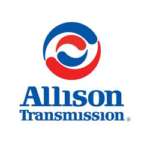 ALLISON
ALLISON BENDIX
BENDIX BOBCAT
BOBCAT CAT
CAT CLAAS
CLAAS CNH
CNH DAF
DAF DETROIT
DETROIT EATON
EATON FREIGHTLINER
FREIGHTLINER HINO
HINO HITACHI
HITACHI ISUZU
ISUZU JCB
JCB JOHN DEERE
JOHN DEERE JPRO
JPRO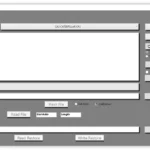 MAGIC TUNER
MAGIC TUNER MAN
MAN Navistar
Navistar PACCAR
PACCAR PERKINS
PERKINS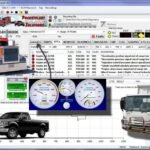 PF DIAGNOSE
PF DIAGNOSE PSI POWERLINK
PSI POWERLINK RENAULT
RENAULT SCANIA
SCANIA THERMO KING
THERMO KING UD NISSAN
UD NISSAN VOLVO
VOLVO WABCO
WABCO ZF TESTMAN
ZF TESTMAN
 BELL
BELL BENDIX
BENDIX BOBCAT
BOBCAT CARRIE
CARRIE DAF
DAF DETROIT
DETROIT EATON
EATON FUSO
FUSO MACK
MACK
 Cumminz
Cumminz ISB4.5 CM2150
ISB4.5 CM2150 All Engines (2017 Emissions)
All Engines (2017 Emissions) PACCAR
PACCAR



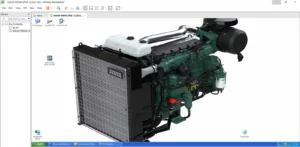
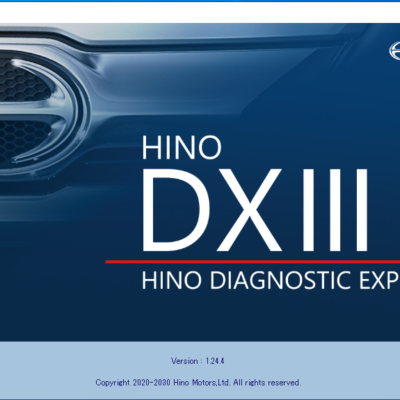

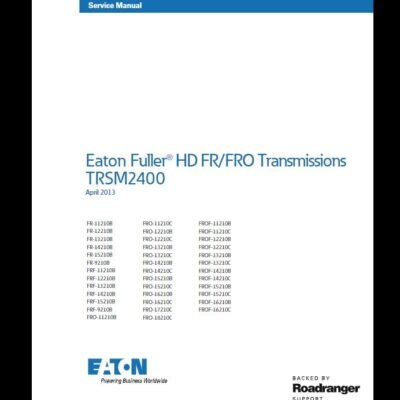

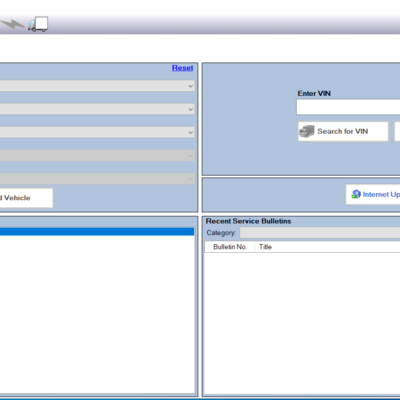
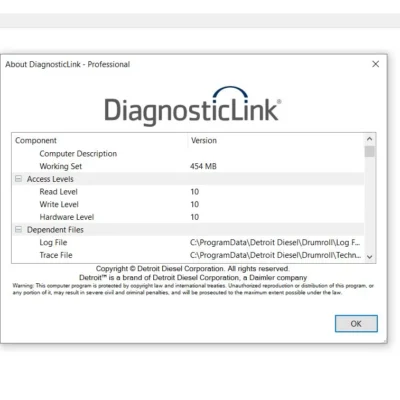

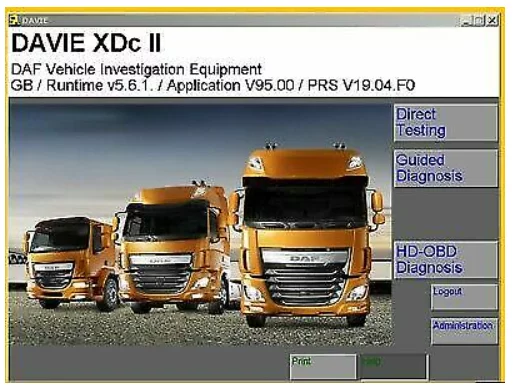




Reviews
Clear filtersThere are no reviews yet.